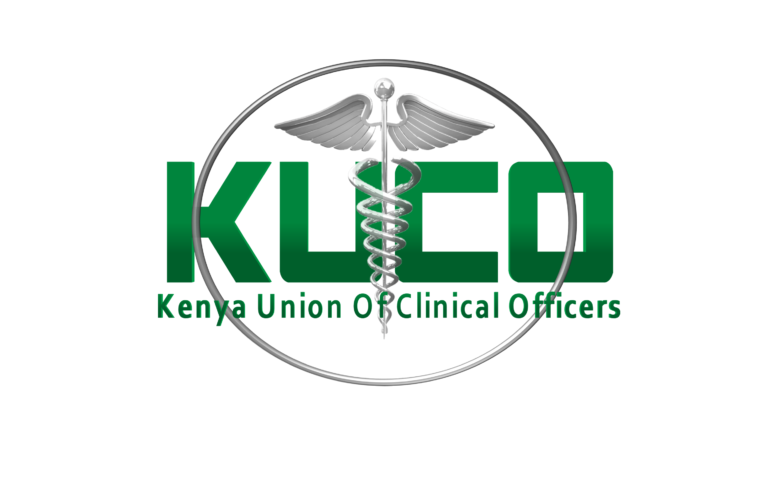HEALTH SECTOR CAUCUS PRESS RELEASE
JOINT PRESS STATEMENT BY HEALTH SECTOR UNIONS IN KENYA

JOINT PRESS STATEMENT BY HEALTH SECTOR UNIONS IN KENYA

Healthcare Innovation in Kenya.

NAVIGATING THE DRAFT QUALITY HEALTHCARE AND PATIENT SAFETY BILL, 2025

Empowering Clinical Officers Through Entrepreneurship and Investment

SHA System Challenges and Opportunities.

KUCO SECURES RETURN-TO-WORK AGREEMENTS

GLOBAL HARMONIZATION OF CLINICAL PRACTITIONER TITLES AND CURRICULA

THE FUTURE OF CLINICAL MEDICINE

KNOW THE PROFESSION

INTRODUCING KUCOEngage

PRESS RELEASE

THE SOCIAL HEALTH AUTHORITY